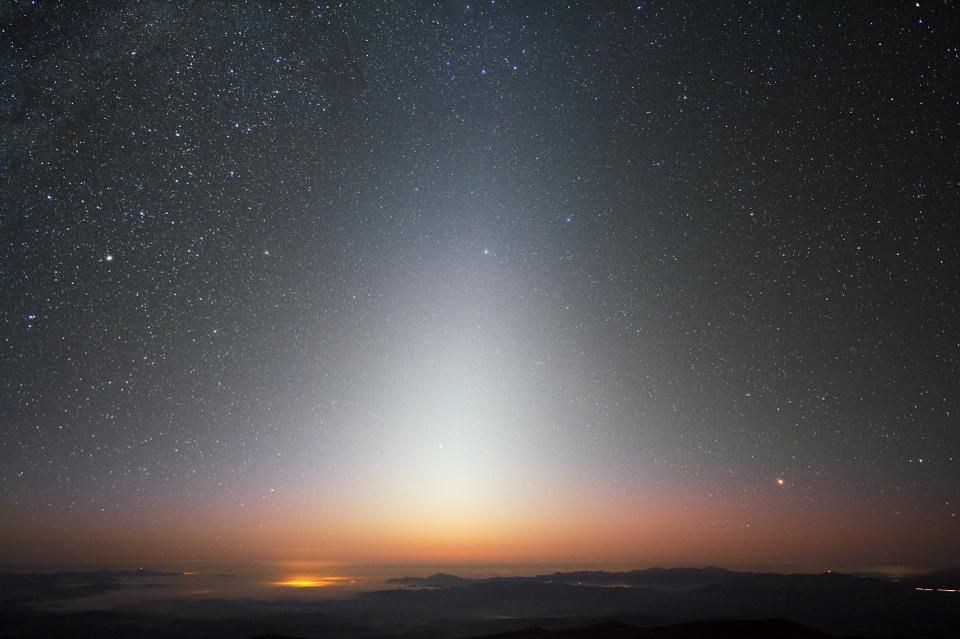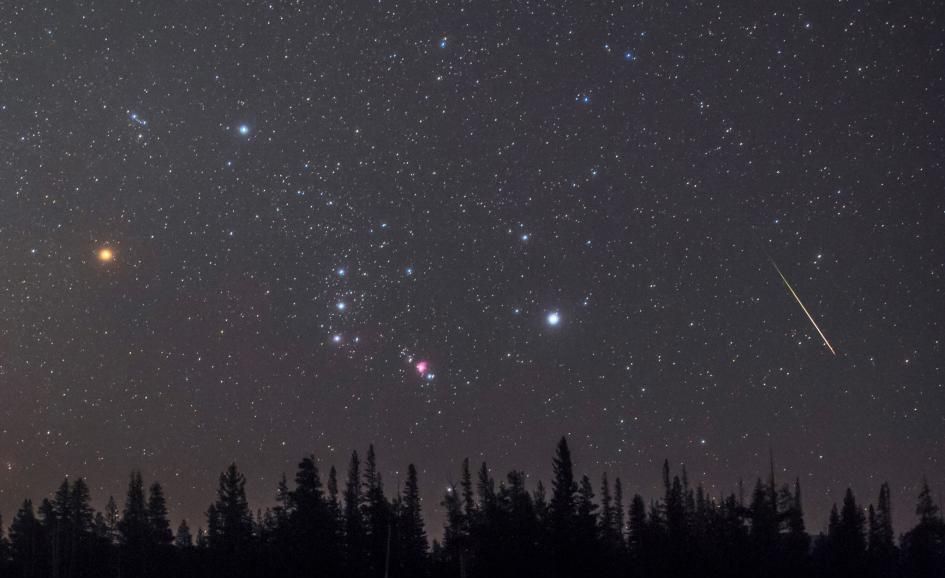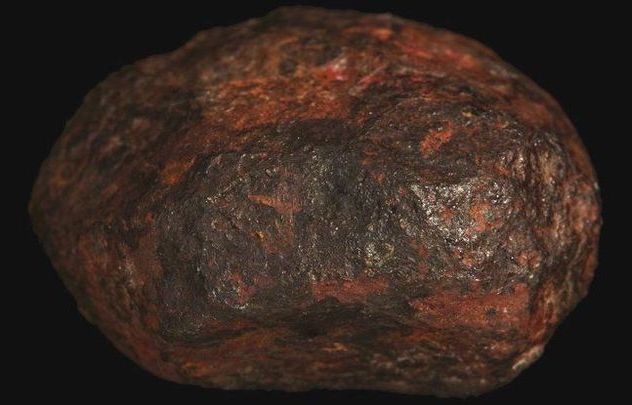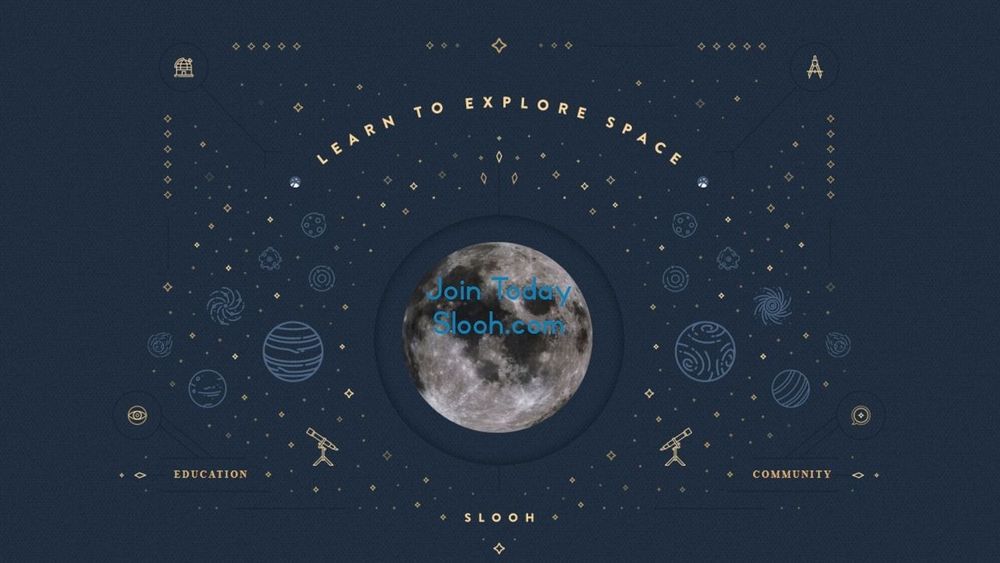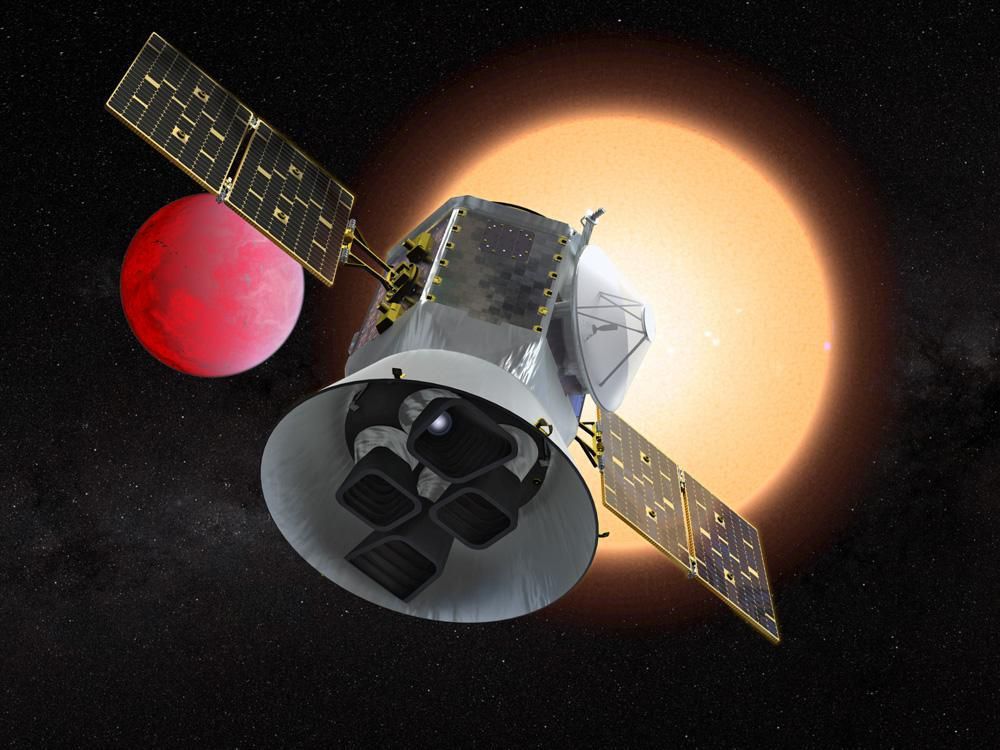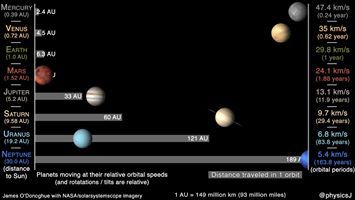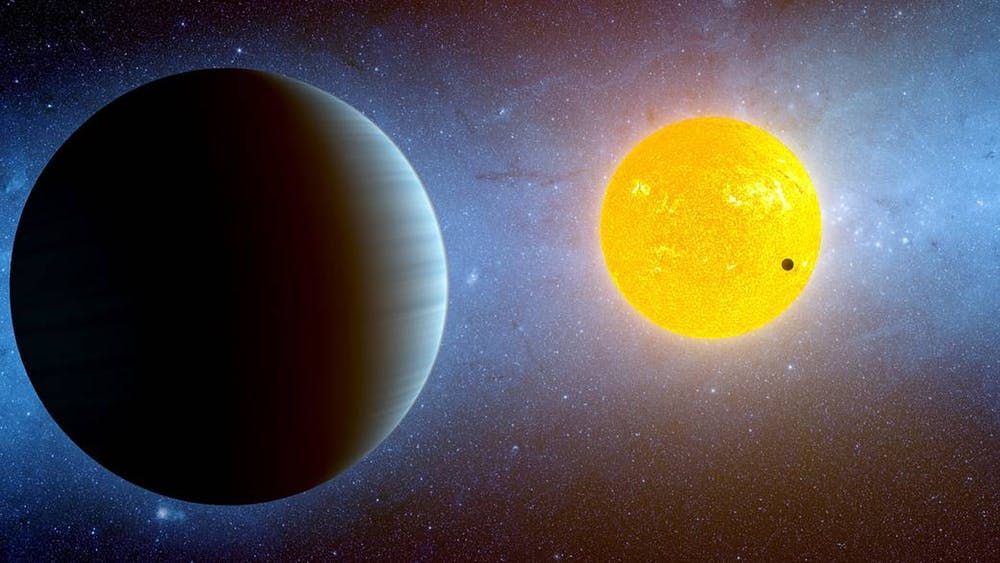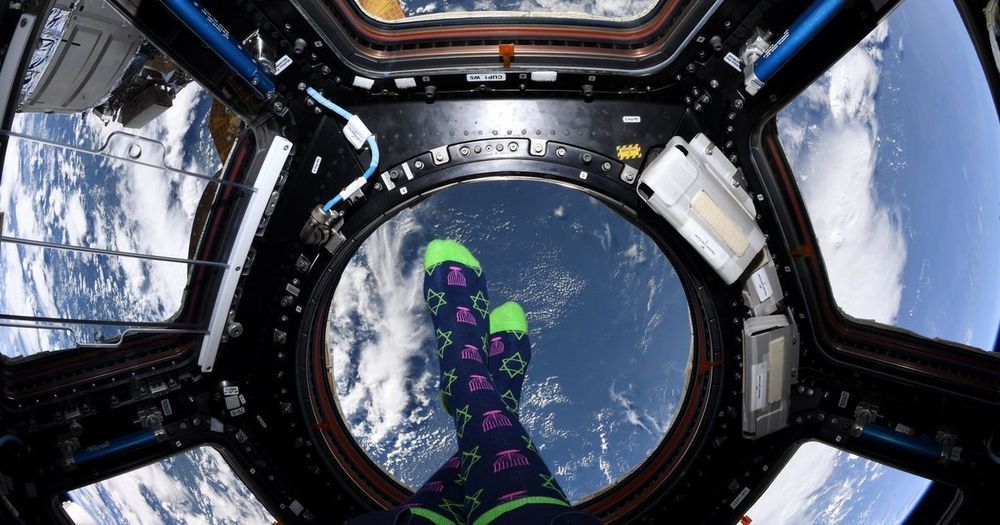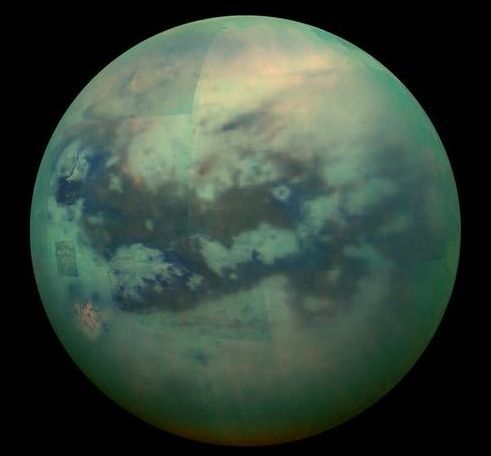NASA hopes to learn more about how dust clouds in our solar system may resemble those in orbit around other stars.
Category: space
The red giant Betelgeuse is the dimmest seen in years, prompting some speculation that the star is about to explode. Here’s what we know.
It was found along the side of a road in a remote Australian gold rush town. In the old days, Wedderburn was a hotspot for prospectors – it occasionally still is – but nobody there had ever seen a nugget quite like this one.
The Wedderburn meteorite, found just north-east of the town in 1951, was a small 210-gram chunk of strange-looking space rock that fell out of the sky. For decades, scientists have been trying to decipher its secrets, and researchers just decoded another.
In a study published in August this year, led by Caltech mineralogist Chi Ma, scientists analysed the Wedderburn meteorite and verified the first natural occurrence of what they call ‘edscottite’: a rare form of iron-carbide mineral that’s never been found in nature.
On September 20, the initial designs for the complex were presented at an event at the New York Public Library in midtown Manhattan. British firm Adjaye Associates won the contract to design the center, which will consist of three large buildings arranged around a central garden, under which will sit a museum and education center.
“We were led towards these powerful plutonic forms with a clear geometry, three cubes sitting on a plinth — though not aligned, they each have different orientations,” Sir David Adjaye told designboom. Each of the three buildings share a similar silhouette, but the facades have different architectural design and detailing, communicating the shared origins of the three religions, as well as their cultural and historical differences.
Adjaye, who also designed the Nobel Peace Centre in Oslo and the National Museum of African American History in D.C., says he saw the garden, “as a powerful metaphor, this safe space where community, connection and civility combine.”
The last solar eclipse of the decade—and the only annular solar eclipse of the year—will be visible in Europe, Asia, Australia, and Africa starting just a few hours after this article’s publication.
Annular solar eclipses, like total solar eclipses, occur when the Moon passes in front of the Sun. However, the Moon doesn’t totally cover the Sun during annular solar eclipses, leaving behind an annulus, or bright ring.
The first data from the space telescope’s mission tallies more than 200 potential planets, including some just 50 light-years away.
This article was originally published at The Conversation. The publication contributed the article to Space.com’s Expert Voices: Op-Ed & Insights.
Supriya Chakrabarti, Professor of Physics, University of Massachusetts Lowell
Perhaps you remember the opening scene of “Harry Potter and the Sorcerer’s Stone” that took place on Privet Drive. A bearded man pulled a mysterious device, called a deluminator, from his dark robe and one by one the lights from the street lamps flew into it.
Astronauts may be far from home, but they still celebrate the holidays.
Residents of the International Space Station posted an incredible photo and video for the holidays, celebrating both Hanukkah and Christmas far above the world.
Astronaut Jessica Meir posted a stunning picture from the station’s cupola, the small, panoramic, ESA-built observatory module of the station. It allows for observation of activities like spacewalks and shuttle approaches, but also provides the perfect place to celebrate Hanukkah.
Navigating Titan, Saturn’s largest moon, is a challenge. Just getting close is hard enough — it’s hundreds of millions of miles away, after all. But let’s suppose either a robot or a human lands on the surface of the only other body in the Solar System known to have liquid on its surface. They’d need a map — and fortunately, NASA has one ready to go should the occasion ever arise.
In November 2019, scientists made the first ever map detailing the moon’s complicated — and terrifying — terrain. It reveals a moon filled with weird and wonderful geography, including dunes, liquid methane lakes, plains, labyrinthine canyons, and craters.
This is #10 on Inverse’s 20 wildest space discoveries of 2019.
